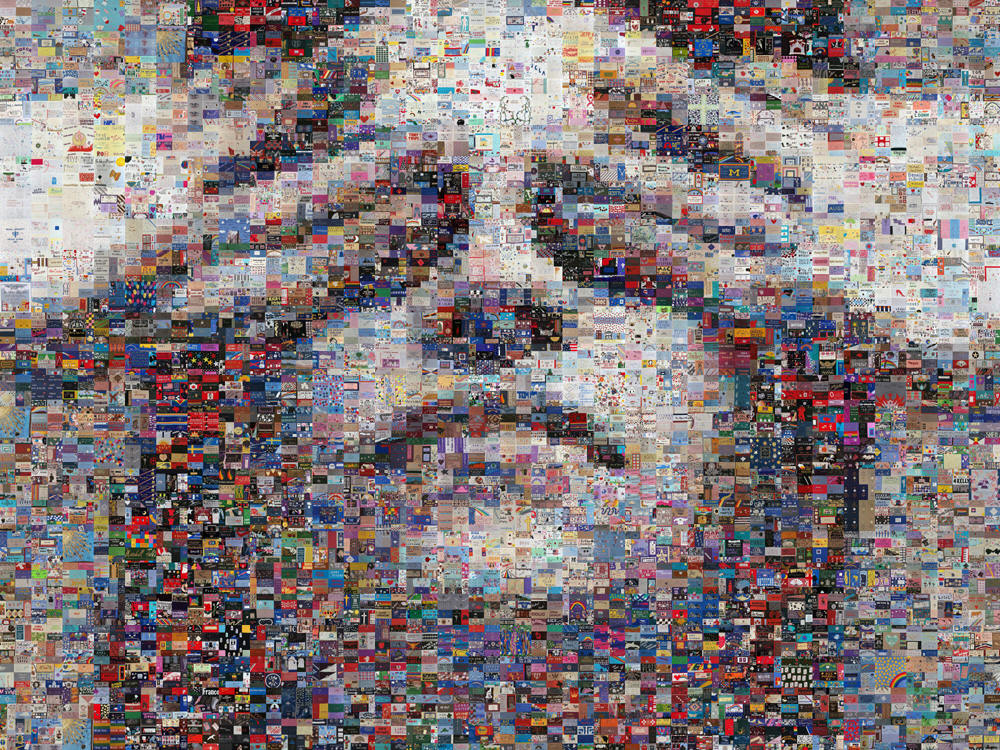





 Riley
Croghan Riley
Croghan
CORE 116
Spring 2007 |
The AIDS
Epidemic in Washington, DC
Paper Two:
Correlational Analysis |
When I was 14, Washington for the first time
represented more in my mind than a collection of monuments and museums
as I began attending Gonzaga College High School, five blocks away from
the Capitol dome. For the first time I was aware that people didn't
just go to work and make laws in D.C.--they actually lived there. Though
my high school is within viewing distance of the Capitol, it is
literally across the street from the most notorious slum in D.C.--Sursum
Corda [3]
There were,
of course, always some hints as to the problem AIDS posed to Washington.
When searching for information for an AP Psych presentation on
homosexuality, I was surprised by the number of DC web pages that seemed
more concerned with AIDS than homophobia or Gay/Straight Alliances. And an
inordinate amount of profiles in the personals page of the Washington Post
seemed to be concerned with whether someone was "poz" or "clean'.
No such campaign existed for HIV/AIDS. No one wants
to see images of people dying of AIDS on their trip home, and
paragraphs full of numbers and statistics don't hold attention for very
long. The posters that were there said "there is a problem," and I
believed them, but I had seen poverty in D.C. first hand (when I was a
child, my family even brought along extra sandwiches when picnicking in
the city for the homeless); I had never seen someone infected with HIV.
Freshman year health class was one of two times I
dealt with the topic of HIV/AIDS extensively in my high school career.
Health class was little more than a clever extension of our P.E.
credit; since it was both mandatory and a part of a grade the jocks
were all proud to earn, the class strayed away from any hard science.
Every Tuesday the class would meet, mostly to discuss an STD. Every one
in the class had to give a report on a different STD that lasted most
of the class-- I was randomly assigned to speak on AIDS. Though the
entire class had already spoken about genital warts and a variety of
other subjects that would make your stomach turn in a class period
directly after breakfast, I remember feeling nervous when it came time
to make my presentation. My speech was different from most of my
classmates? speeches: I was told to talk less about side effects and
more about mode of transmission--which meant talking about drug use and
homosexuality (and, even more embarrassingly, some mechanics of
homosexual sex). I learned on the day of that presentation first hand
how much taboo surrounds HIV, and suddenly saw how the people in The
Cure were able to treat a boy so evilly- they had very strong
associations between the disease and what they saw as amoral lifestyles.
Two years after that presentation I was able to
deliver another on the topic of homosexuality without any ill ease
caused by the subject matter (its amazing how much someone can mature
in just a few years) but I didn't deal with HIV and AIDS again until
senior year AP Biology. We talked about the subject at the cellular
level, how it operated in the body, how it spread, why it was so
difficult to find a cure--but the subject was never contextualized on a
local level. The problem of HIV was posed as a theoretical one:
how easily it could theoretically spread, how it could theoretically
continue to spread across America; I didn?t learn what effect it was
actually having in my home town.
How could I remain so ignorant on the subject when
so many Washingtonians are able to come together for such a cause? The
major problem has been the disparity of cases in each ward (click
[here] for a map of the eight wards).
My high school is in Ward 1, which has the highest
rate of living AIDS in all of Washington DC (see table one). But our
emphasis on poverty, as well as the fact that the majority of my time
in that ward was spent inside the walls of a private high school, lead
AIDS to be a mostly invisible problem. In my Junior year I moved to
Ward 3 with my family, which has the lowest rate of living AIDS of all
of D.C. Even the numbers of cumulative AIDS cases for that ward are
amazingly low. Thus, while D.C. may have the highest rate of AIDS in
the country [2], it is a very small problem for the area I live in.
D.C. has a huge population made up of huge risk groups-- the city
features a large gay community, a large African American community, and
a large drug using community (see table two), each represented largely
in certain wards.
 Riley
Croghan
Riley
Croghan


